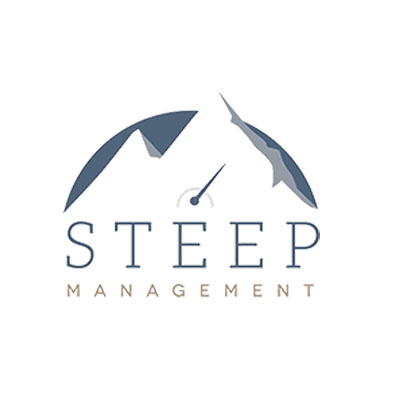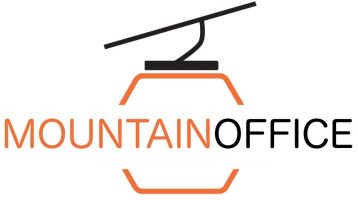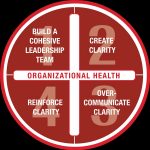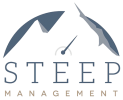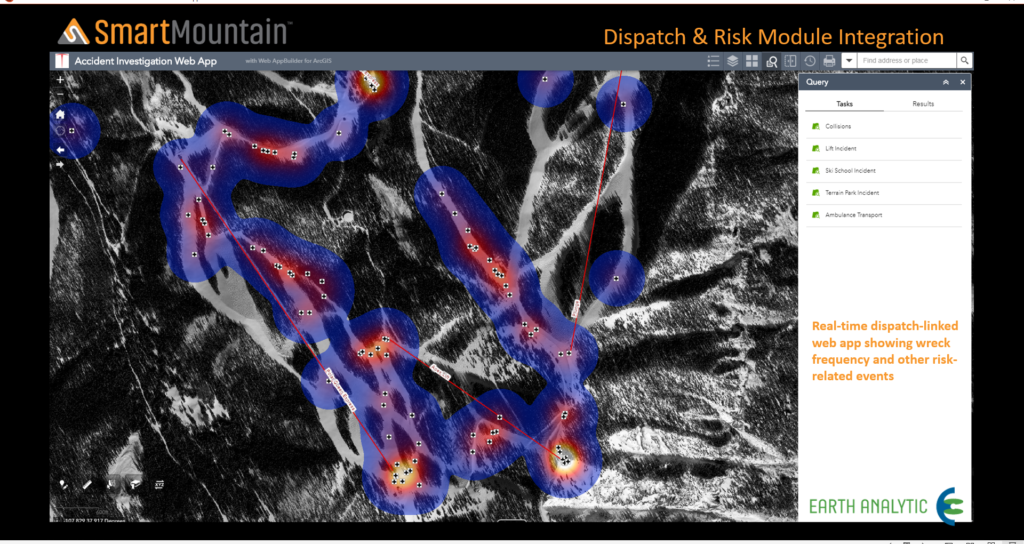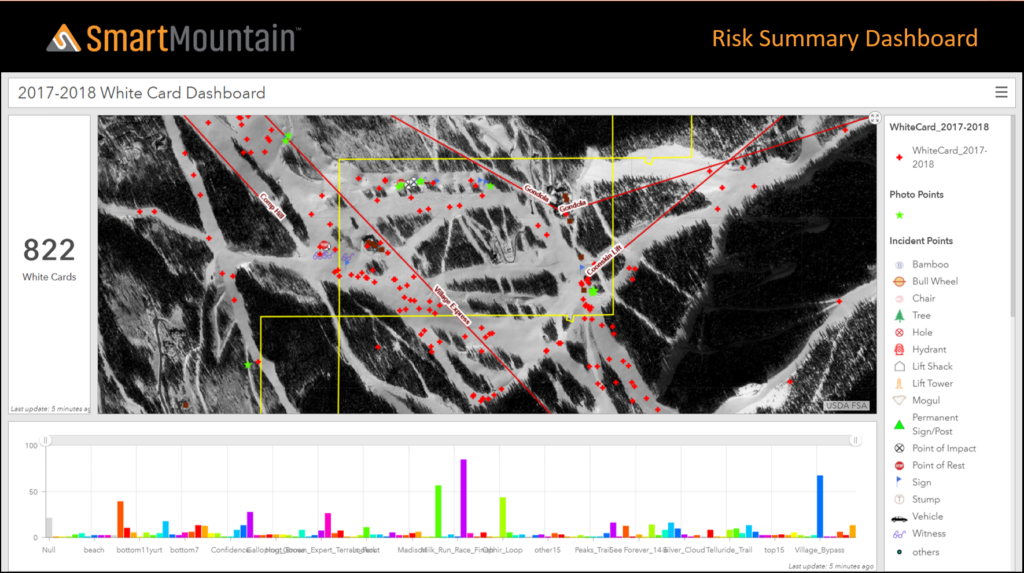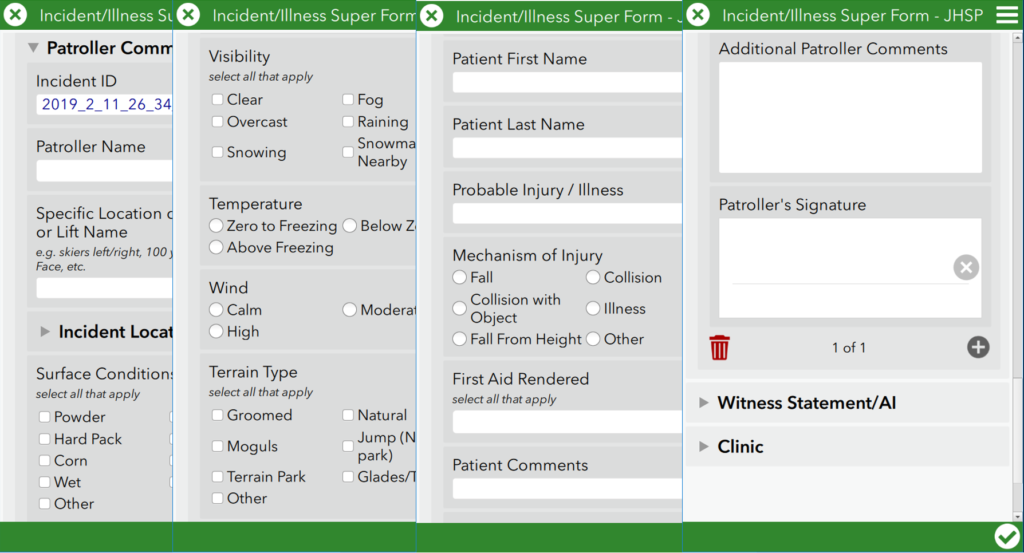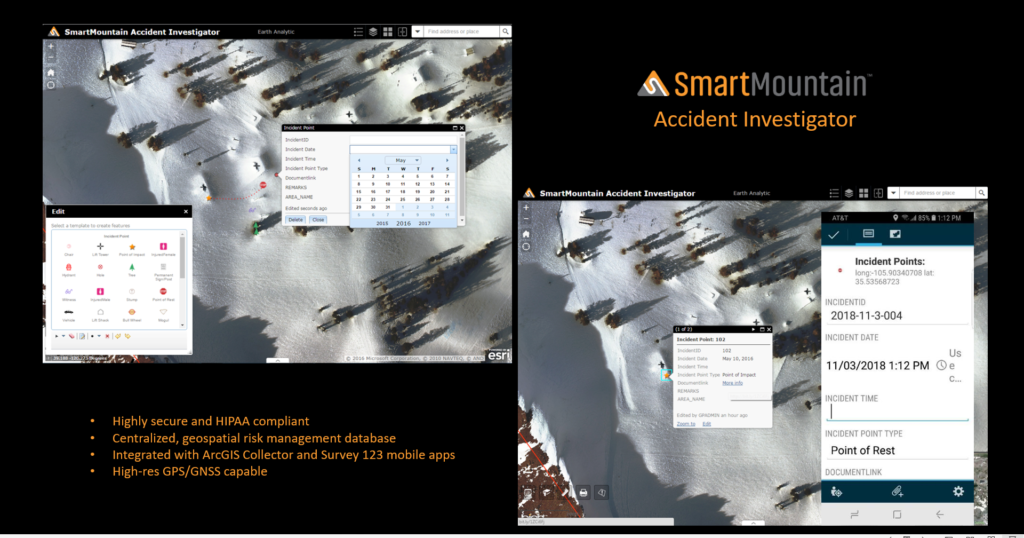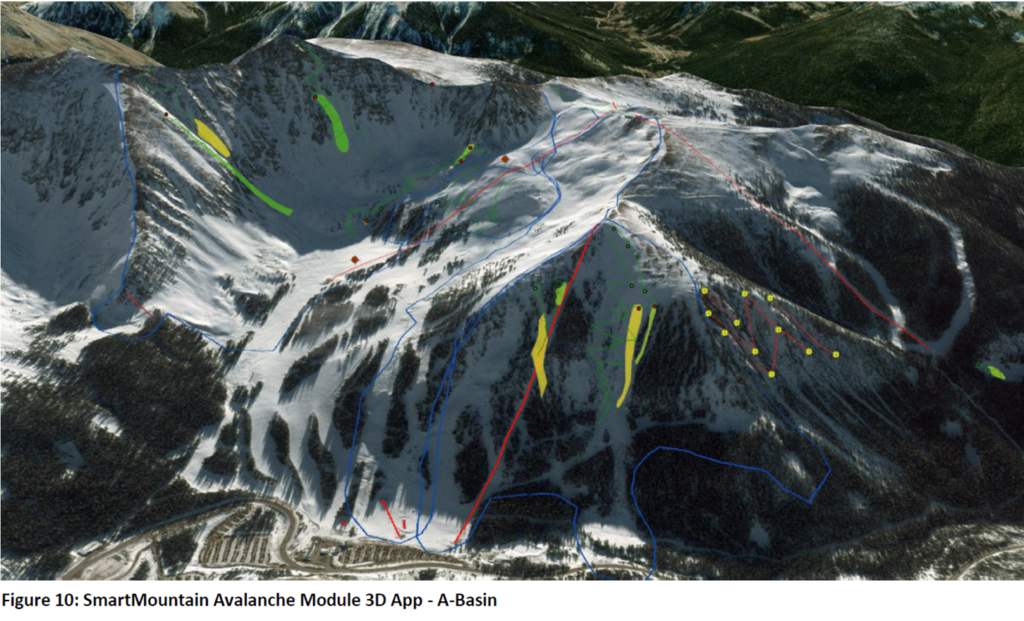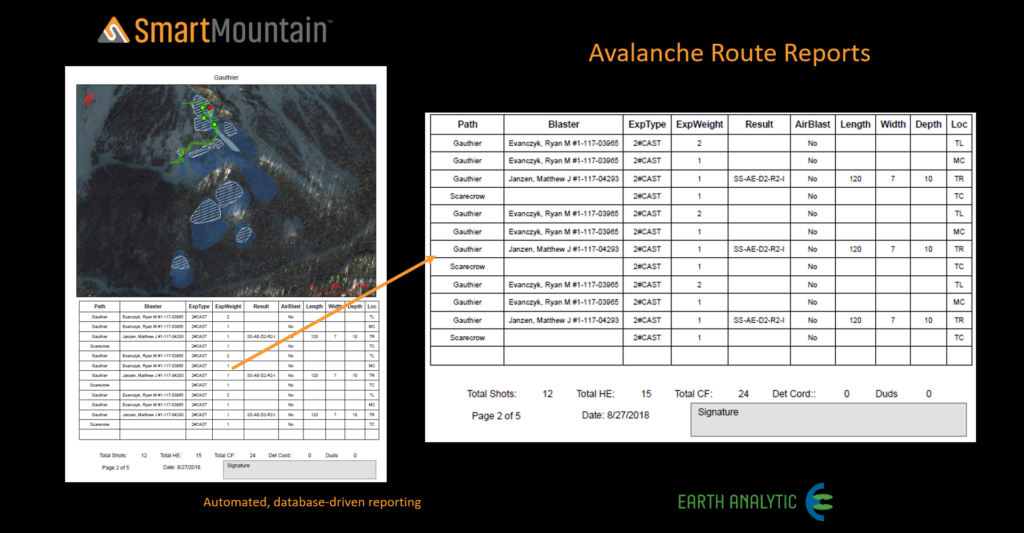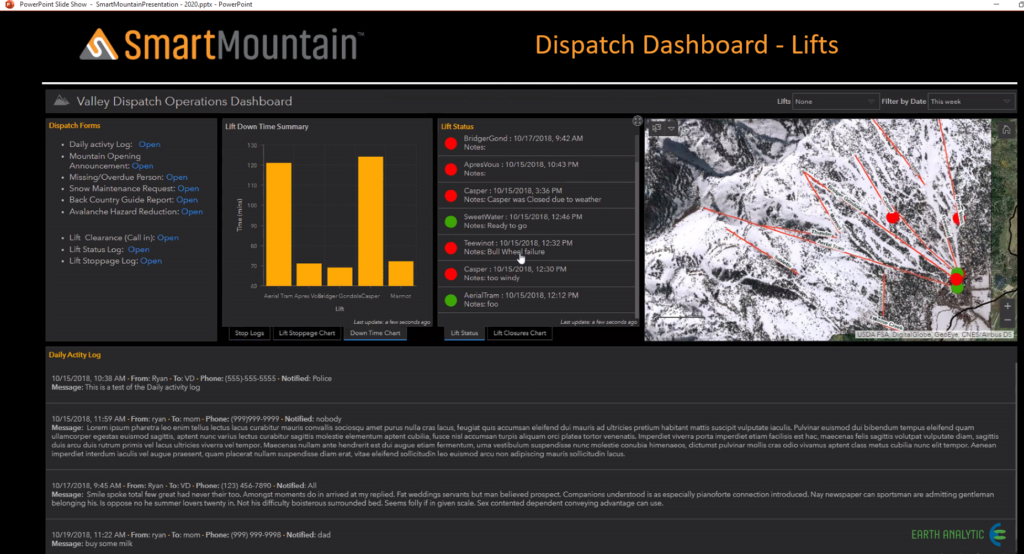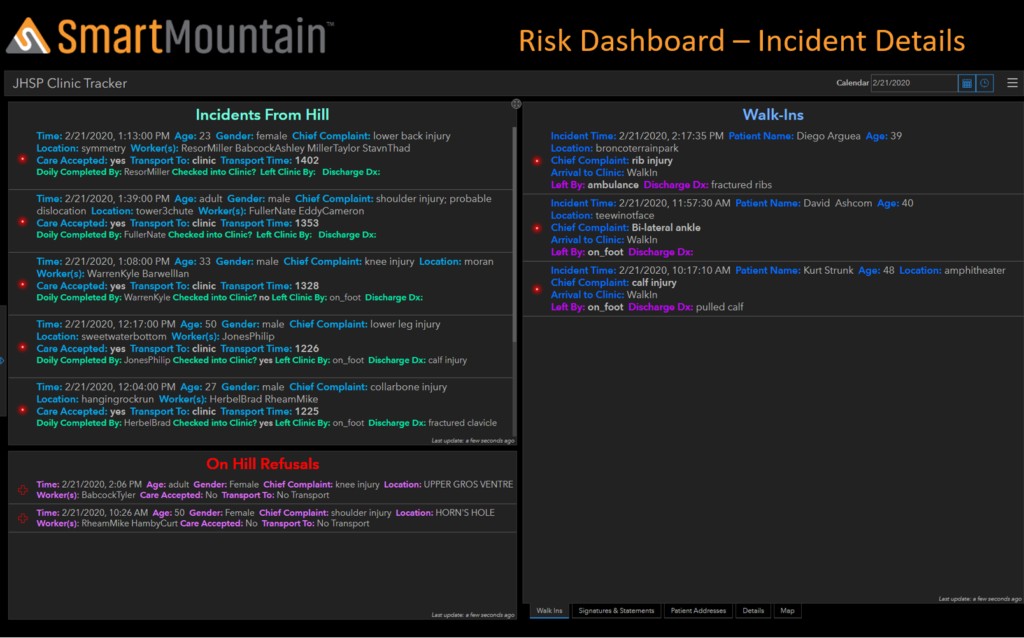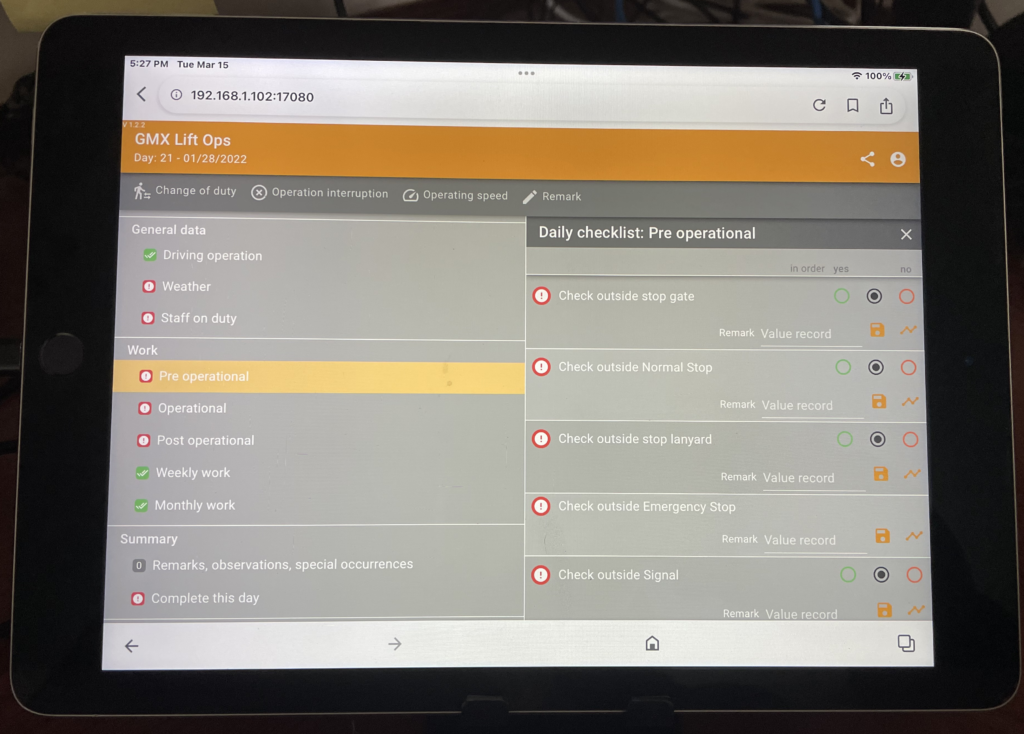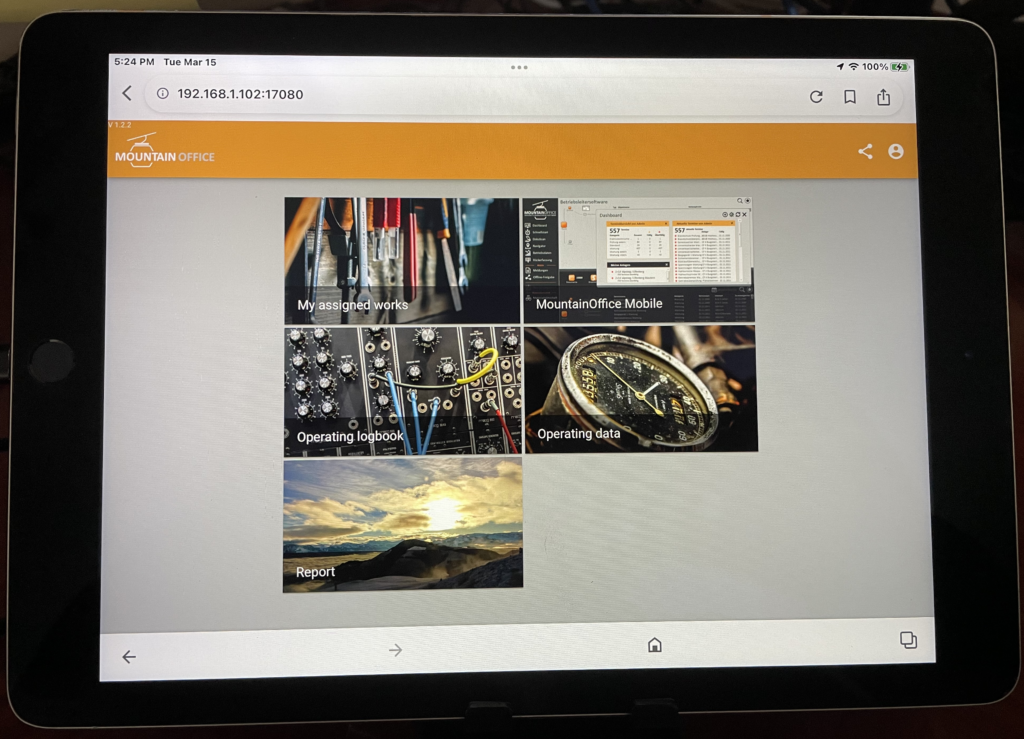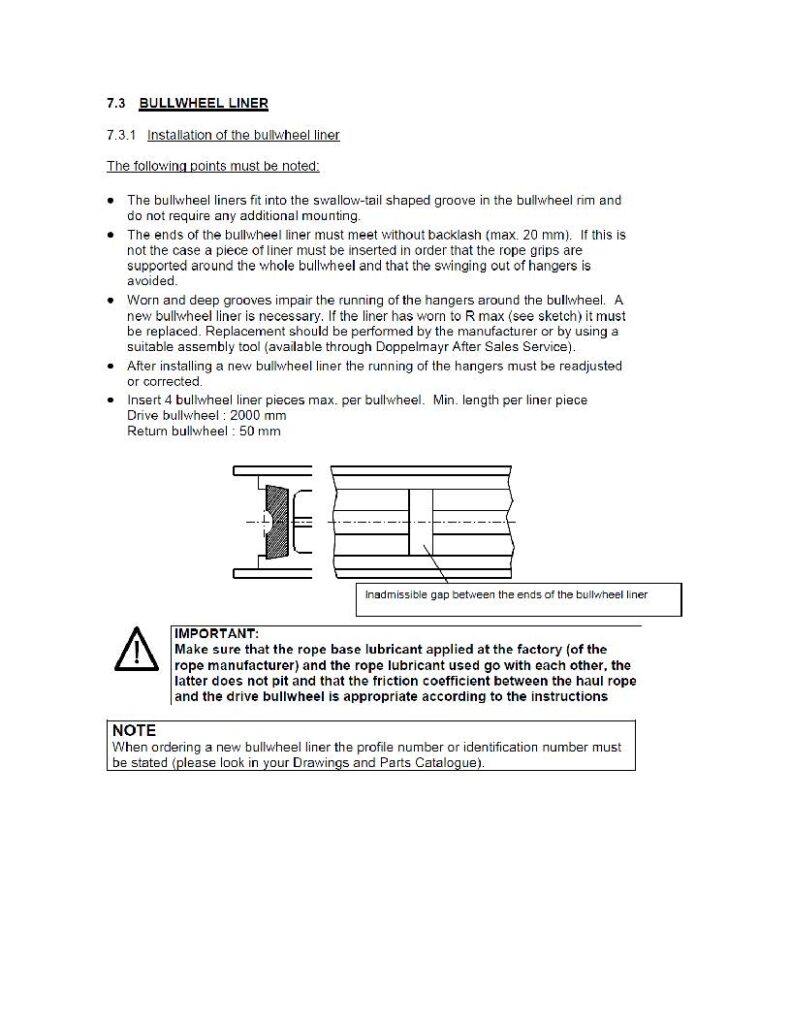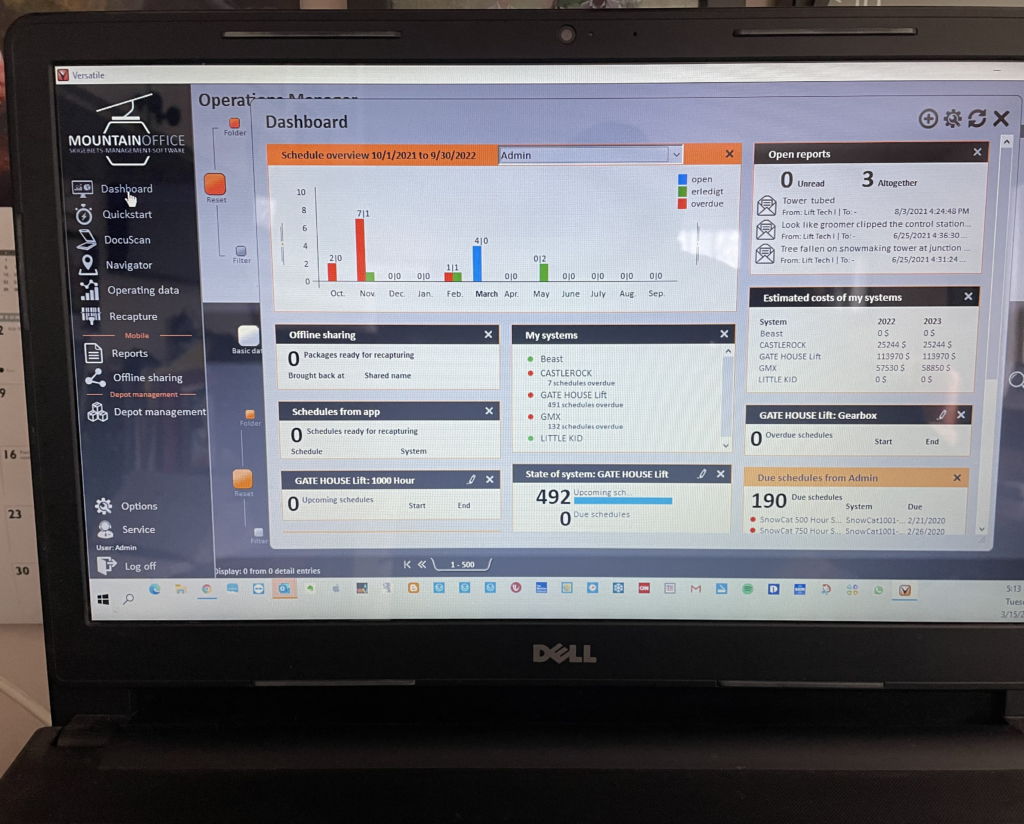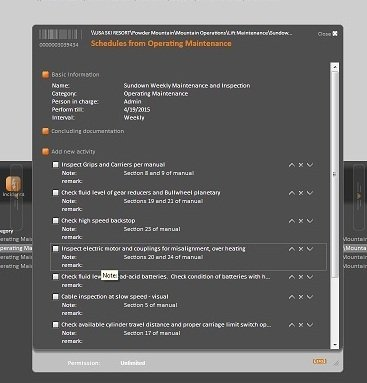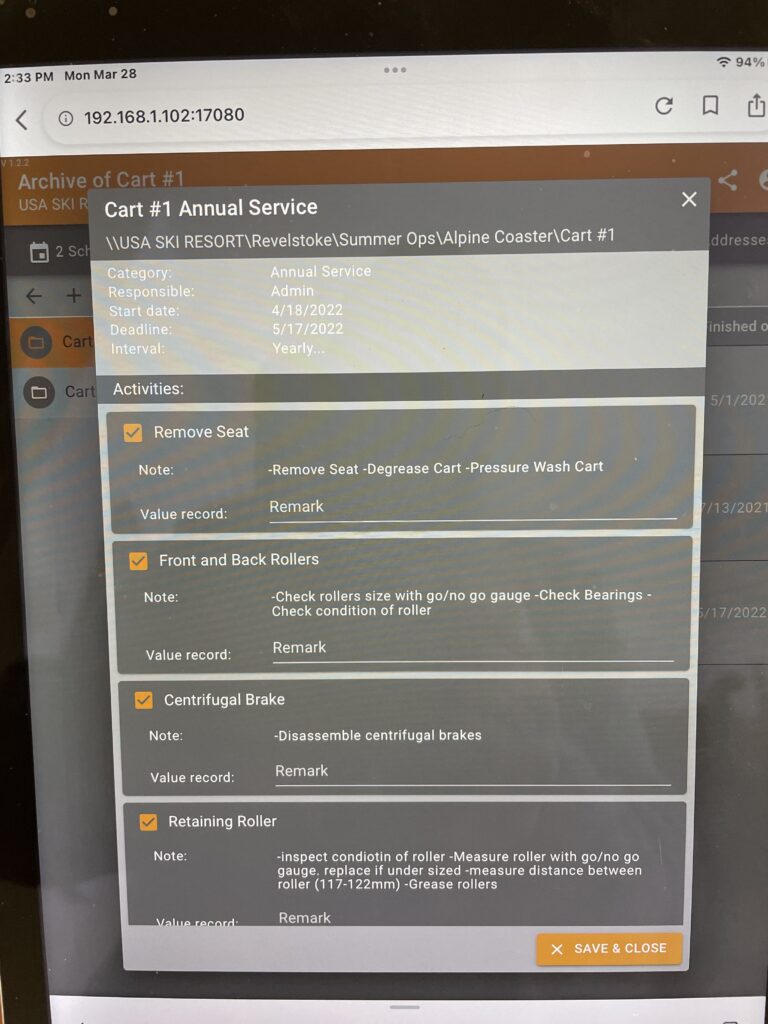Ski areas face various challenges today, including climate change, rising energy prices, and increasing competitive pressure. To be successful under tougher conditions, ski areas need a mix of data analysis, resource-saving strategies, and clear communication—in short, modern slope management.
Winter sports today face various challenges, from the rise in temperature to the energy price crisis to the increasing demands of customers. To master these, modern slope management is essential for ski areas.
There is enormous potential for savings, especially in producing technical snow. Using the latest technologies, the use of water and electricity in snowmaking can be reduced by up to 20%. This means a massive reduction in variable costs and, therefore, more scope for action for ski areas.
What is slope management?

Slope management refers to all measures that contribute to the active control of the slope. From the perception of snow as an influencing resource to resource-saving snowmaking to motivating employee management, this includes all optimizations that contribute to better cost efficiency and competitiveness.
Modern slope management is increasingly data-based. Ski areas already collect—consciously or unconsciously—a variety of data daily, such as technical snowmaking, slope preparation, or the grooming fleet in use.
With an in-depth analysis of this data, the Slope team receives a highly potent tool that supports them in their daily work and improves the quality of the Slopes in the long term under difficult circumstances.
So far, so good. But what needs to be considered when implementing efficient slope management? Here are the most important points:
Be honest with yourself
Every path starts with the first step. In the case of successful slope management, this consists of recognizing your own weaknesses. Because no matter how good you are, you can always do something better. To be able to meet the challenges of the future and continue to be competitive, you should consider all possibilities for improvement.
Every ski area has enormous potential for optimization, regardless of its performance. Whether in technical snowmaking, the use of natural, financial, and human resources, or internal communication, the following applies everywhere: the good is the enemy of the best.
In this context, it can be helpful to consult an external assessment. Long-standing habits and a rigid work routine often prevent a clear view. Thanks to the unbiased view from outside, external consultants identify risks and opportunities that you might never have thought of yourself.
Courage to change
The second step is to allow change. Only those who can adapt to changing conditions will be successful in the long term. That’s why you shouldn’t close your eyes to new technologies and their possibilities.
Modern Slope management is achieved through a sensitive mix of experienced Slope staff, a profound and well-prepared database, and a long-term strategy that covers as many scenarios as possible. This mix gives ski areas already affected by climate change’s effects a long-term perspective.
Following my comments in Bob’s Bits for April/May 2024, here is an article from Robert Sölkner, CEO of Arena Slope Management. While the article is from the perspective of an Austrian skier, its relevance to North America is spot on. ARENA Slope Management is a tool that every ski area can use to tackle the warming climate, save money, and have quality slopes.
Determine status quo
If there is awareness of one’s own weaknesses and the will to change, the concrete starting point must be defined. Because it forms the basis for every type of optimization. The more precisely you know the status quo, the more targeted the improvement measures can be. It is also important to be brutally honest with yourself and your team.
When considering the initial situation, all company areas should be considered. As in all complex systems, one cog fits into the other in ski areas. Therefore, a profound analysis of technical snowmaking will not be possible without reflection from the Piste team or the Piste fleet. The important thing here is to question critically but always remain appreciative of employees.
Use the full potential of data

Almost every ski area in the Alpine region now collects a huge amount of different data every day. In addition to measuring snow depth, terrain data, individual snow points’ operational data, and individual snow groomers’ operating data are continuously registered.
However, simply collecting this information does not improve anything. Measures can only be taken when the data obtained is professionally analyzed and evaluated. Key figures such as the actual water-snow factor, the required snow volume, or target snow depths make measurement results comparable and changes visible.
Make data-based decisions
These analyses form the basis for objective decisions. Good feeling is good, but it’s just a feeling. If individual processes can be quantified precisely, their potential for optimization becomes visible. This allows workflows to be better structured and important resources to be saved.
At the same time, clear decisions and targeted measures lead to greater employee satisfaction. Everyone knows where they are and what to do. This makes work easier and leads to better results on the slopes. The initial preparation of the data may involve a small amount of additional effort. Once the analysis is running, the Piste team has, on average, less work to do than before!
Long-term strategies
Running through several scenarios in advance ensures that ski areas are prepared for every situation. Different weather constellations or unfavorable amounts and times of precipitation can be anticipated. The more scenarios are covered, the better prepared you are for disadvantageous situations.
By defining target snow amounts for individual slope sections, the slope team knows at any time how much snow is needed for optimal coverage. Combined with the forecasts from GeoSphere Austria, it can be determined in advance whether further technical snow is required or whether the existing level is sufficient until the end of the season.
Resource-saving snowmaking

Targeted optimizations can only be carried out based on clear data. For example, in the use of resources. Especially at the beginning of the season, only as much technical snow as necessary and as little as possible should be produced. If you know in advance how thick the snow cover should be on individual sections of the slopes over the entire season, you can adjust your technical snowmaking accordingly.
This avoids the overproduction of technical snow. On the one hand, this saves important natural resources such as water and electricity. On the other hand, it reduces the amount of work on the slopes. Snow reserves can be quickly identified through precise snow depth measurements and targeted snowmaking, and deficits can be compensated efficiently.
Terrain corrections
However, slope management doesn’t just take place in winter. In the summer months, so-called “snow eaters” can be eliminated by correcting the terrain. Hollows and depressions that must be filled with snow in winter can be leveled with soil. This reduces the amount of snow required for optimal snow coverage.
Digital documentation of slope rescue operations can also identify accident hot spots. Neuralgic areas can thereby be identified, and appropriate defusing measures can be taken. The slopes become safer, customer satisfaction increases, and customer loyalty improves.
Communicate clearly
Ultimately, the Piste team implements all optimization measures. Communication should be clear within the company from the start to ensure that these do not encounter resistance or rejection. The more everyone involved – from management to the snow groomer driver – is involved in the optimization process, the greater the acceptance of the upcoming changes will be. Presenting employees with a fait accompli has little chance of success in this regard. Only when all team members understand the background of the new way of working and know its details can everyone pull together.
The future begins now
Ski areas that are under pressure due to climate change or rising energy costs are well advised to question their own actions critically. External advice can open new perspectives and produce a productive realignment of working methods.
After a comprehensive analysis of the current situation, individual measures are defined to reduce the long-term use of resources in technical snowmaking. This ensures the quality of the slopes or can even improve them.
Clear communication within the team increases employee satisfaction and ensures the successful implementation of measures. This means that ski areas are ideally prepared for future challenges.
About the author
Robert Sölkner
Robert Sölkner is CEO of the Salzburg company ARENA. He is a proven geodata and slope management expert with over 20 years of experience in the cable car industry. As a passionate entrepreneur and skier, he is passionate about skiing, and with his profound know-how, he supports ski areas on their way to a successful future.
